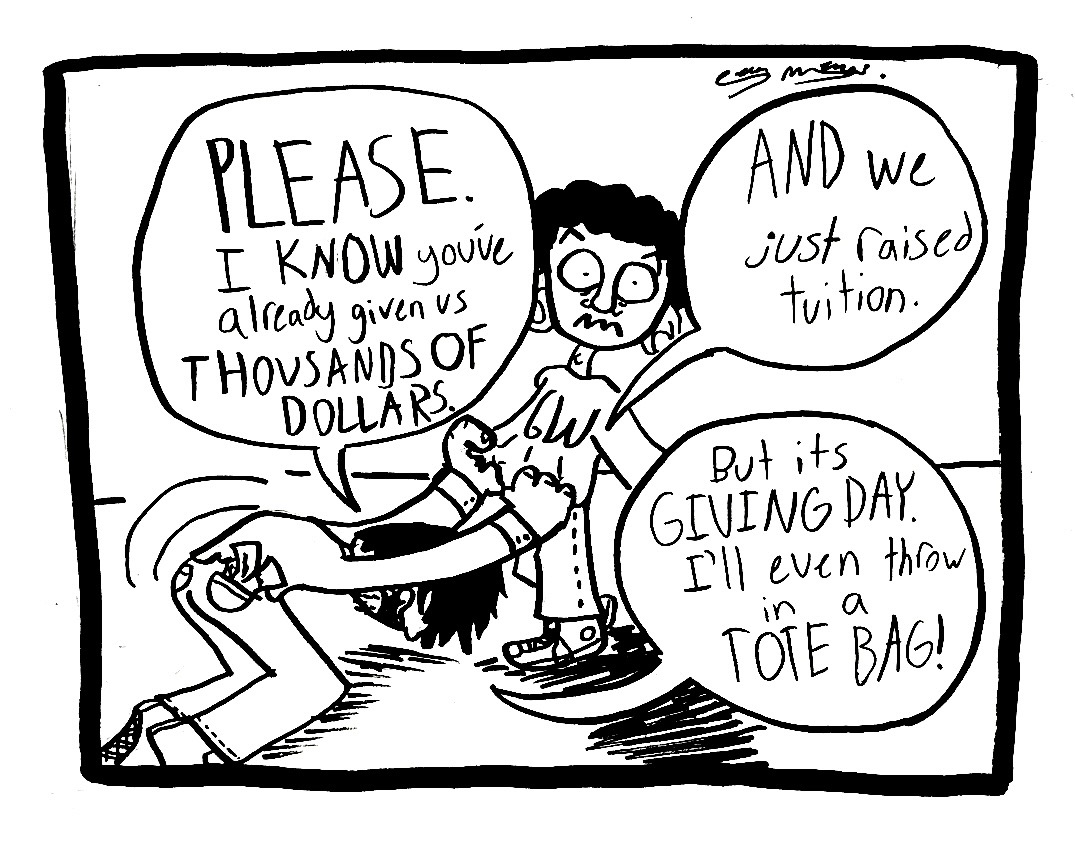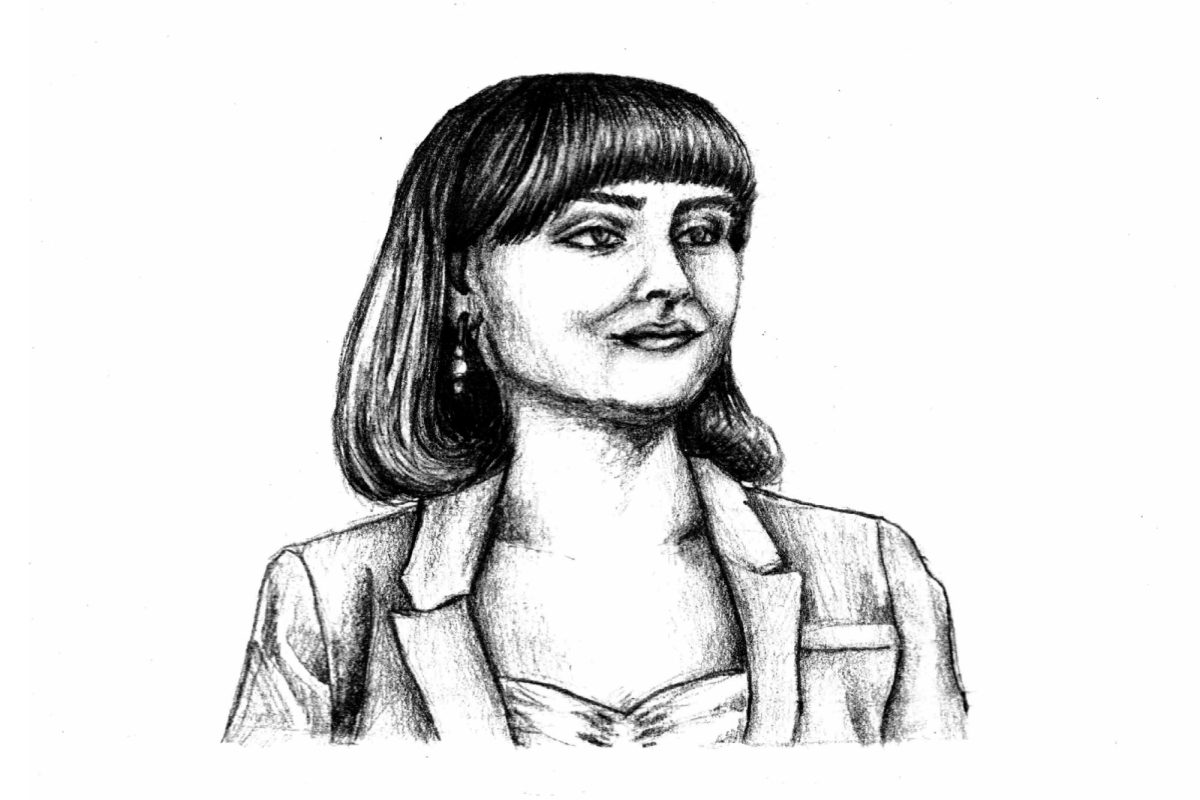Sustainability
A-
Through a few key steps taken this semester, the University has further signaled its dedication to going green. From University President Steven Knapp signing a citywide sustainability pledge – the first of its kind between city governments and institutions of higher education – to the creation of a sustainability minor, it has become clear the University takes environmental welfare seriously. Lafayette Hall and the Smith Center earned gold LEED rankings and the University hopes the Science and Engineering Hall and the renovated Ames Hall will also achieve at least silver LEED rankings. However, GW still falls behind its D.C. higher education rivals American and Georgetown universities when it comes to recycling. Of course, our location near the National Mall and government buildings means more non-GW visitors who might bring our recycling rates down, but there is room for improvement. And let’s face it, it would be really nice to make Georgetown green with envy at our sustainability achievements.
The Mount Vernon Campus
B+
The Mount Vernon Campus has gotten a facelift this year and it’s doing wonders for the blighted reputation it carries among Foggy Bottom dwellers. The renovated Ames Hall that opened at the beginning of this semester provides a comfortable home for the University Writing Program and some of the University Honors Program. Undergraduate housing applications for the Vern surged by 40 percent this year, signaling that the campus is becoming a student destination instead of just the butt of tired jokes. That said, not everyone is feeling so warm toward GW’s second campus in D.C. Transfer students, many of whom are placed on the Vern, have overwhelmingly demonstrated their dissatisfaction with their housing assignments, and many ended up moving to Foggy Bottom. Despite this exodus, GW Housing Programs does not plan to change this policy, as it seeks to foster a so-called “transfer student community.” Rather than forcing transfer students to live on the Vern, the University should allow them to indicate their preferences when signing up for housing.
Student Space
D
Students are still clamoring for space on campus. And this issue isn’t going away. February’s Student Association election cycle largely focused on candidates’ plans for student space, and SA President-elect Ashwin Narla and SA Executive Vice President-elect Abby Bergren have highlighted student space as a key objective for their terms. We wish the two of them luck and persistence, as the University has deflected many of this year’s SA and Marvin Center Governing Board suggestions for student space. GW needs a communal area where students can collaborate, hold events or even just unwind. Without this campus nucleus, it will be difficult for the community to achieve the sense of GW affinity the University is striving to foster.
Transparency
Declined to Comment
At a time when the University has so much to boast, it’s a shame that it keeps so much secret. The University will soon unveil its rebranding campaign, a nearly yearlong undertaking which will clarify and unify its image, yet it will still not disclose the amount of money the effort costs. The University plans to make improvements to Gelman Library, but it will not disclose the details of its budget that might just secure it the donations it needs. Satisfaction is up 11 percent for the revamped J Street, but oddly enough, the University will not disclose what the satisfaction level used to be. And in times when there is so much changing and evolving on campus, it is critical that administration creates an active and open dialogue with the community. So like the University so often does, we decline to comment on the grade the University receives for its transparency this semester. But here’s a hint: it’s not an A, B, C or D.






